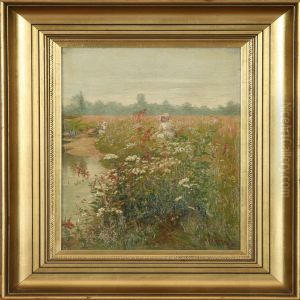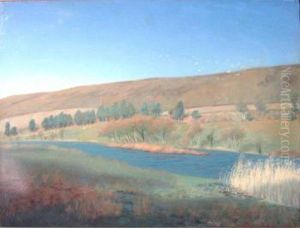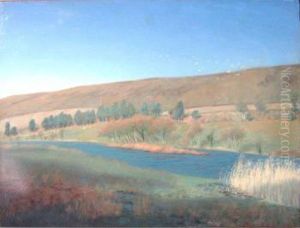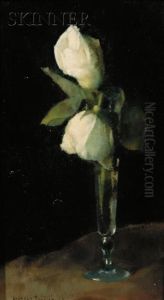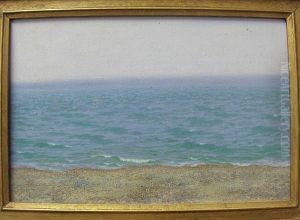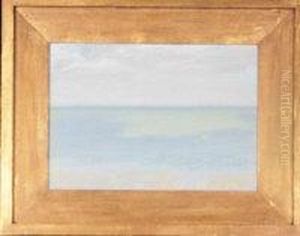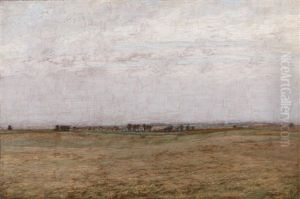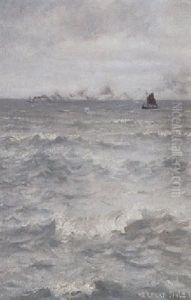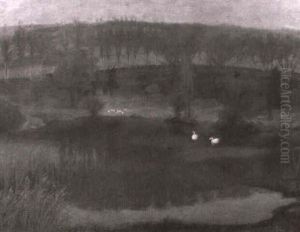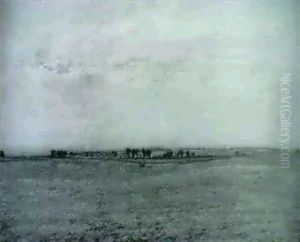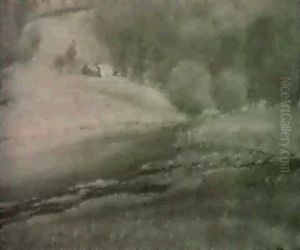Herbert Dalziel Paintings
Herbert Dalziel was a prominent figure in the Victorian era of British art, particularly known for his contributions to the field of wood engraving. Born in 1830, he was part of the Dalziel family, which included several brothers who were integral to the development of the printing and engraving industry in 19th-century Britain. The Dalziel brothers, including Herbert, Edward, George, and Thomas, played a significant role in elevating the standards and popularity of wood engraving during the Victorian period. Herbert, alongside his brothers, co-founded the Dalziel Brothers engraving company, which became one of the most influential and prolific engraving studios of the time.
The Dalziel Brothers were not just engravers but also publishers and collaborators with some of the most celebrated artists and writers of their era. They worked closely with figures such as Dante Gabriel Rossetti, John Everett Millais, and Edward Burne-Jones, contributing significantly to the visual culture of the Pre-Raphaelite movement. Their studio produced illustrations for a wide range of publications, including books, magazines, and gift books, which were highly popular in the Victorian market. One of their most notable projects was the engraving work for Lewis Carroll's 'Alice's Adventures in Wonderland,' which remains a seminal piece of children's literature to this day.
Herbert Dalziel's impact on the art world extended beyond his technical skills as an engraver. He was instrumental in fostering collaborations that bridged the gap between artists and the publishing industry, ensuring that the illustrative arts reached a wider audience. The Dalziel Brothers' studio became a training ground for young artists, many of whom went on to have distinguished careers of their own. Herbert's vision and leadership helped to secure the legacy of the Dalziel name in the annals of British art history.
He passed away in 1902, leaving behind a legacy that had significantly shaped the visual landscape of Victorian Britain. The contributions of Herbert Dalziel and his brothers to the field of engraving and illustration continued to be celebrated for their innovation, craftsmanship, and the pivotal role they played in the art and literature of their time.
